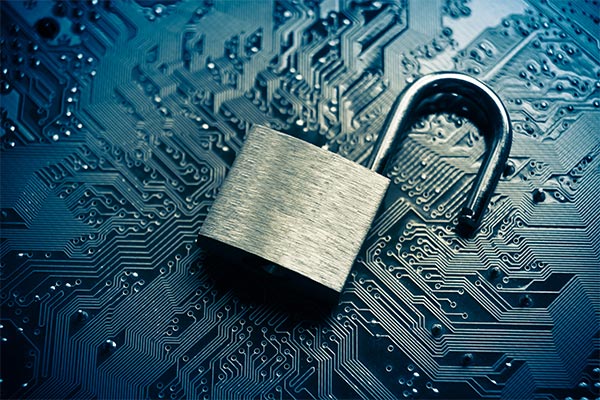Security

Use Network Access Control to Secure Your Wireless Networks
SECURITY BREACH #1
Can occur from a hacker near the premises, or in some cases far away, with a high-gain antenna exploiting wireless weaknesses.
SECURITY BREACH #2
Refers to users that are trusted by the organization and therefore have wireless credentials that they can input into their personal devices, which either have malware already or are more susceptible to malware.
This is a dangerous assumption in most cases, and most are unaware of the threats facing them this very moment: 1) Many wireless deployments have critical weaknesses that enable an untrusted user, or attacker to gain access to your network – even if the latest WPA2 encryption is used. 2) Trusted employees can utilize known WLAN credentials and apply them to their personal devices – devices which are unmanaged by the organization and pose a security risk as a result. Unmanaged devices are likely to be more susceptible to malware, which effectively tears down the walls of perimeter security devices like firewalls, since the attackers are effectively brought inside the organization. Untrusted devices pose such a serious risk today that 51% of business networks were breached due to employees using their personal devices.
Protect Against Both Attack Vectors
Untrusted devices should be denied access from trusted networks. As simple as this may sound, this has historically been a very expensive and time-consuming proposition. Pathway solution security is designed to provide immediate visibility and control over untrusted devices, without the need for the complex and costly integrations that have plagued NAC deployments in the past.

